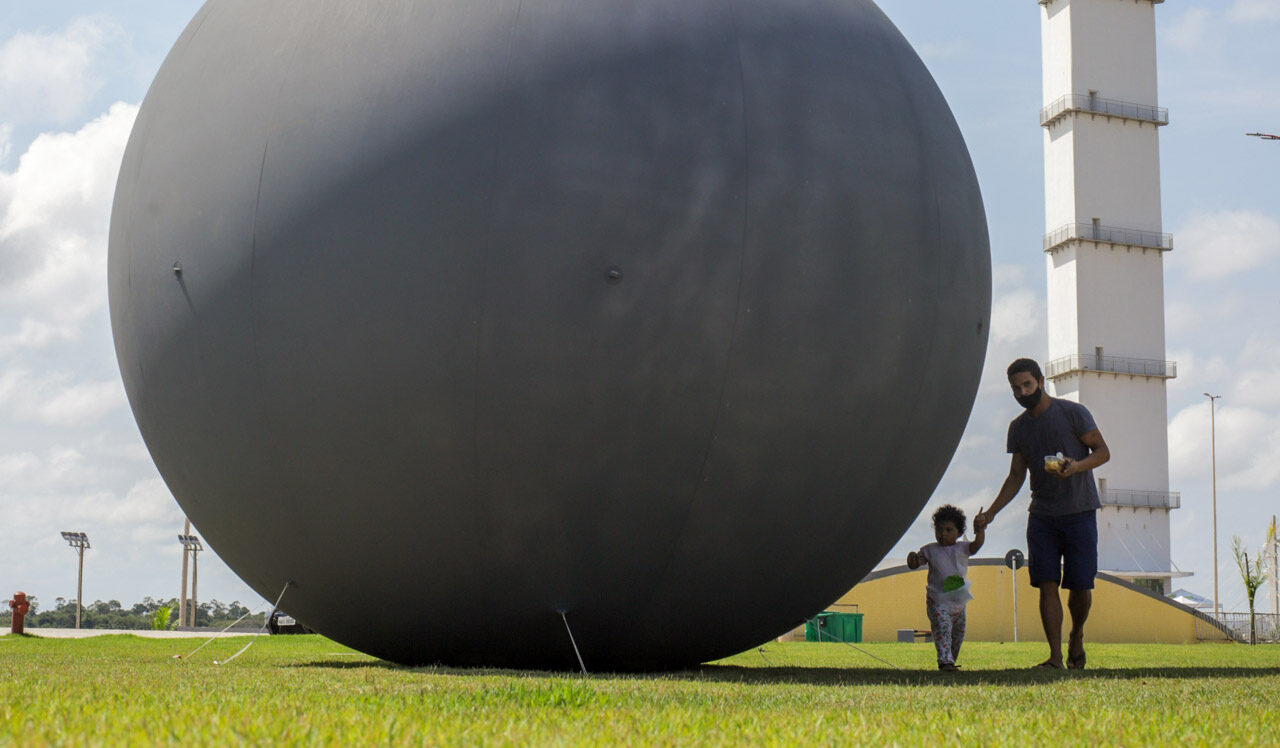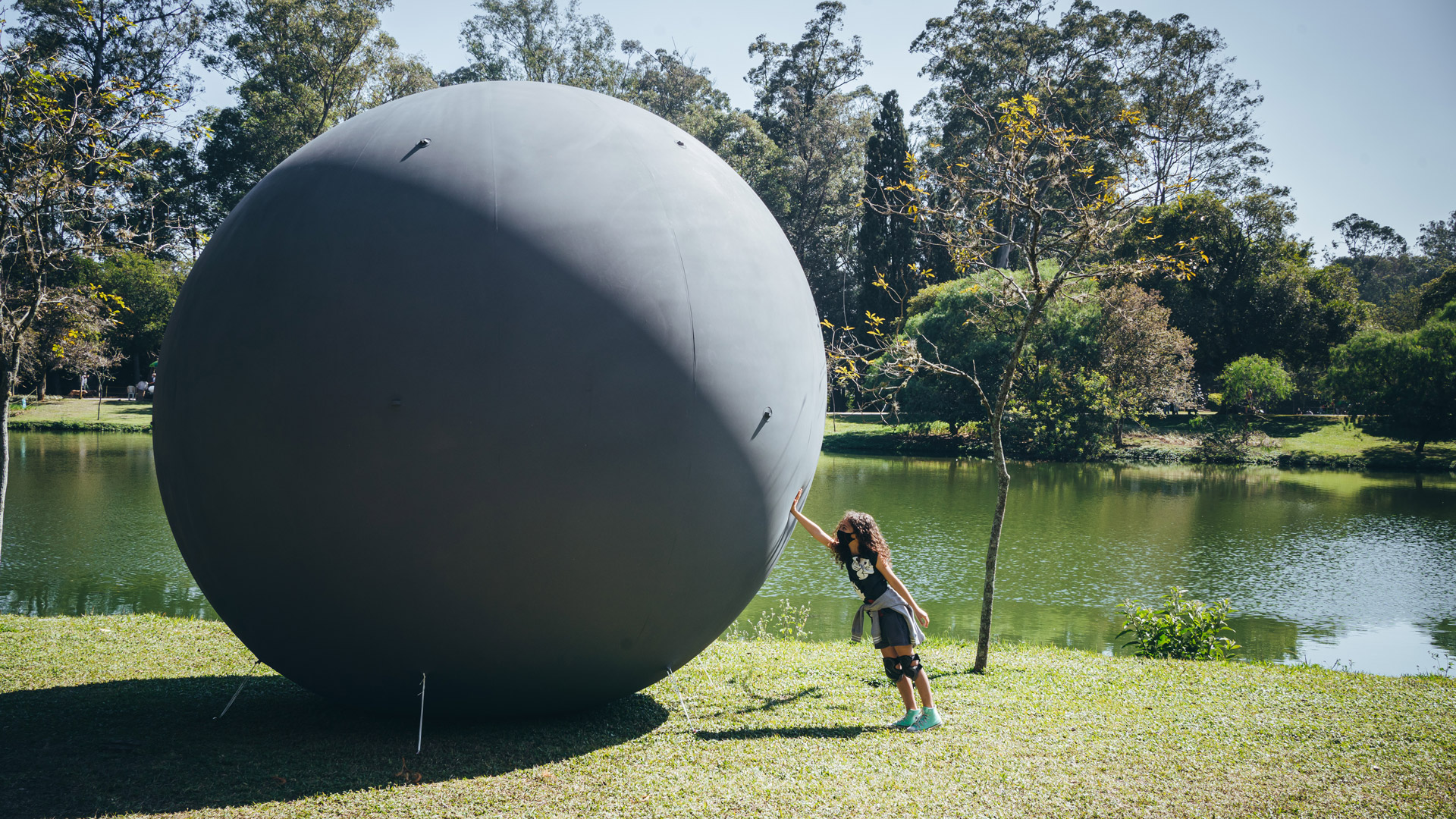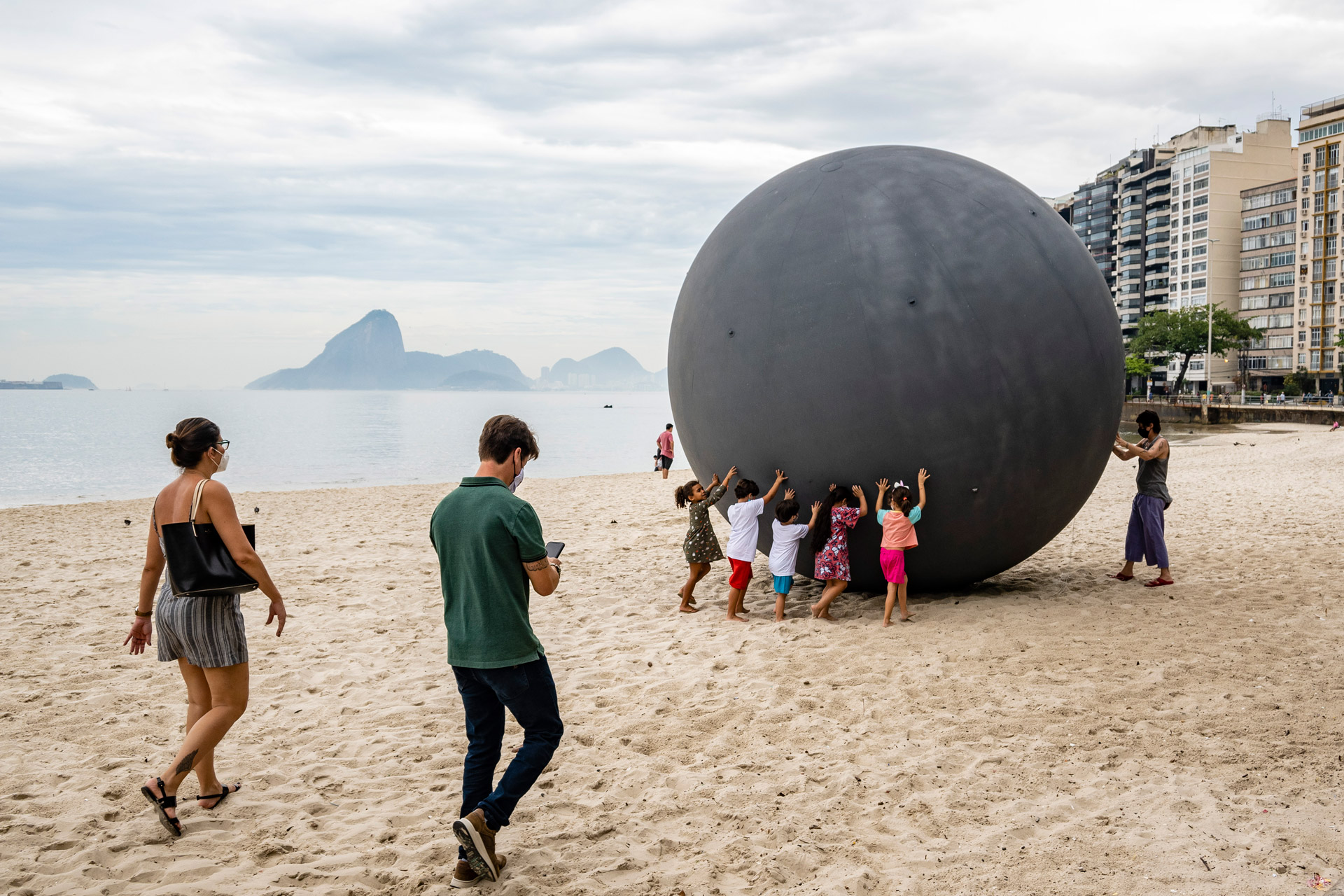Children are central to Brazil’s climate change movement
The country’s youth- and parent-led movements join forces for nature
The country’s youth- and parent-led movements join forces for nature
 Photo: Courtesy of JS Drones
Photo: Courtesy of JS Drones
Greta Thunberg’s principled stance has been instrumental in putting climate justice on the agenda during the past three years. Greta shares in a tradition of youth activism that also has roots in Brazil. Engajamundo, Brazil’s youth-led climate movement, was behind the remarkable “Another World is Possible” youth speech at the closing ceremony of the Paris Agreement negotiations at COP21 in 2015.
Youth-led movements such as Engajamundo have done more to raise climate justice as an issue than 30 years of continuous pronouncements by decision makers.
But change is most likely when it comes from coordinated effort: youth groups have been working with other climate activists in Brazil to advocate for climate change action. Recently, Engajamundo joined with Greta Thunberg’s group, Fridays for Future, to file a lawsuit against the Brazilian government about a “carbon trick manoeuvre” in the country’s commitment to tackle climate change (Observatorio do Clima, 2021).
According to the Greenhouse Gas Emission and Removal Estimating System (2020), around 72% of Brazil’s greenhouse gas emissions come from land use – especially related to deforestation, mainly in the Amazon. There is a clear correlation between burning forests and children’s vulnerability: pollution from fires hospitalised 10,000 children in May and June of 2019 in the Amazon region (Fiocruz, 2019).
‘Placing children at the centre of the climate change movement is a must as we discuss ways to achieve climate justice.’
Fridays for Future has inspired other stakeholders to create similar groups, from Artists for Future to Teachers for Future to Lawyers for Future. There is also Parents for Future, a movement already present in 19 countries. Famílias pelo Clima, for example, is a group of Brazilian parents, formed in 2019 with the mission of supporting children’s demands for a safe climate future. In a short time, the group has done astonishing climate litigation work to defend children’s rights. It has just won the first stage of a case against the government of São Paulo state, seeking to force the state to consider the climate emergency in tax incentive policy for the car industry (Famílias pelo Clima, 2021).
The narrative of children’s rights at the centre of climate action is gaining momentum on the issue of air pollution, which threatens children the most. Free to Play Outside is a global campaign to promote awareness of the impacts of air pollution on children, including by visualising air pollution as a large grey bubble.

Grey bubble in Ibirapuera Park, São Paulo, Brazil, as an urban intervention to promote awareness of the risks of air pollution to children. Photo: Courtesy of Felipe Gabriel
Climate activists who are parents often discuss how and when to start engaging their children in the cause, especially when children are facing climate anxiety and climate grief – for which there is also the movement Psychologists for Future, working to support children to cope with these feelings (Wu et al., 2020; Pikhala, 2020). Greta’s own experience is typical: after a period of depression, her path to becoming a climate activist involved the idea of “constructive hope”, facing environmental crises by finding positive meaning in taking action (Chawla, 2020; Tapper, 2020).
However, when children are still too young to understand the concept of constructive hope, there is something very important parents can do: give them as much time in nature as possible. Research shows a connection between contact with nature as a baby or toddler and going on to engage in pro-environment causes in youth and adulthood (Suttie, 2016). As the environmental educator David Sobel says: “Give children a chance to love the earth before we ask them to save it.”

Grey bubble installation in Niterói. The bubble was part of an event on Icaraí Beach to raise awareness of how traffic contributes to air pollution in the city and promote alternatives such as cycling. Photo: Courtesy of Raphael Monteiro
A good example of how this can be done comes from Latin America. The project TiNis (short in Spanish for “Children’s Land”) is a methodology created by Joaquín Leguía from ANIA Foundation in Peru and brought to Brazil by Alana Institute and the model Gisele Bündchen. Simply giving children three pots, or half a square metre of soil, and teaching them step by step how to care for plants, generates active empathy for all forms of life.4
There are, of course, many other benefits for young children from being in nature, from developing their social and motor skills to improving their physical and mental health. Yet currently children spend around 90% of their time indoors (Klepeis et al., 2018). Changing this will require action not only from parents but also from political leaders – especially from cities – to guarantee access to nature.
Placing children at the centre of the climate change movement is a must as we discuss ways to achieve climate justice, given that children are among those predominantly impacted by climate change. As Greta once said: “You stole my future.” Now we owe it to children in Brazil and around the world to give it back.
All references can be found in the PDF version of the article.
See how we use your personal data by reading our privacy statement.
This information is for research purposes and will not be added to our mailing list or used to send you unsolicited mail unless you opt-in.
See how we use your personal data by reading our privacy statement.